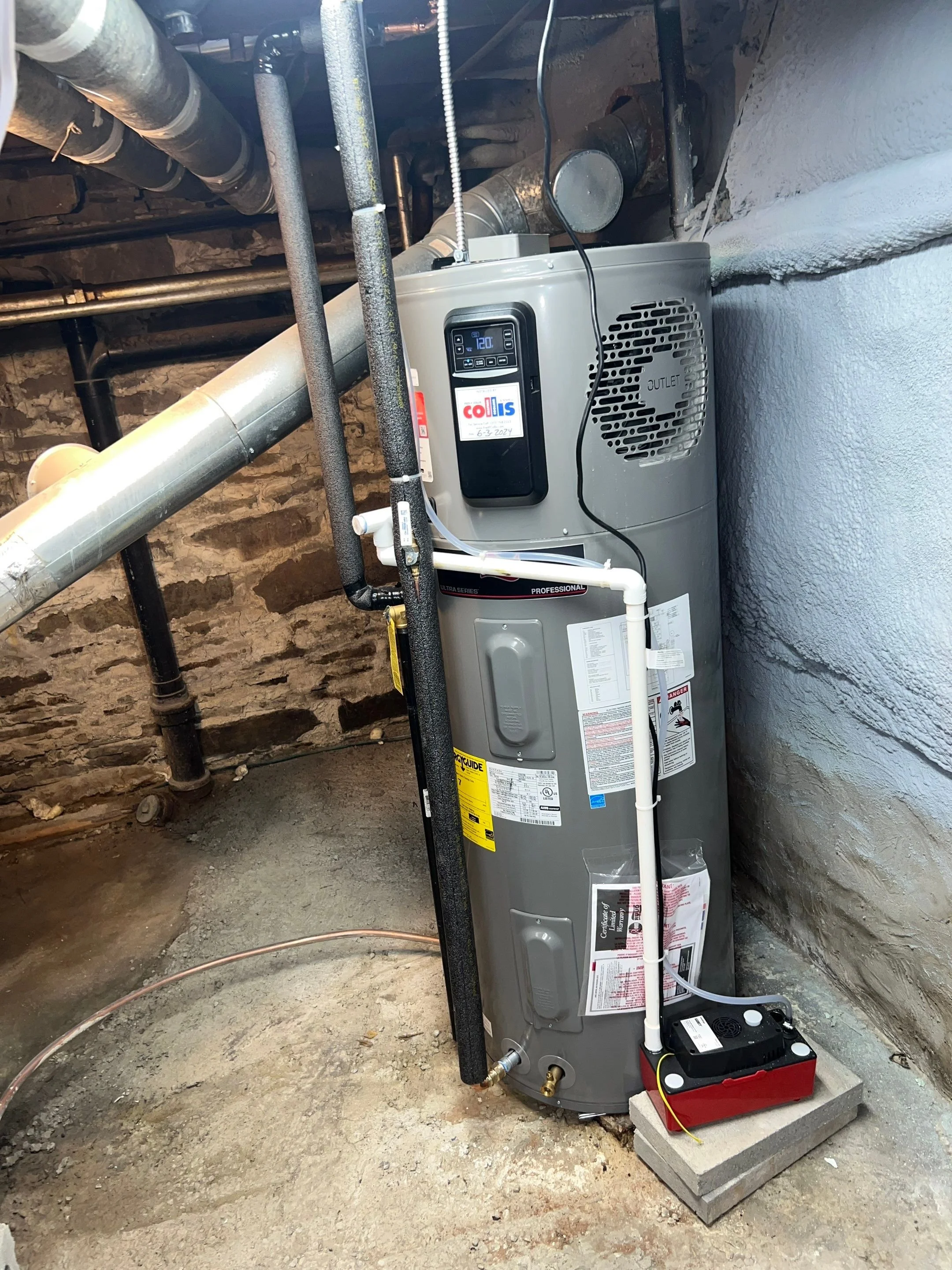Chemung County resident Francene Hulslander was dealing with a drafty home and high energy bills when she learned about Smart Energy Choices while at a senior luncheon.
Numerous tax credits set to expire; energy advisors can help apply
With the passing of H.R. 1, dubbed by The White House as the “One Big Beautiful Bill Act,” changes are coming to the available tax credits for residential and commercial clean energy technologies and services.
There is still time to take advantage of the tax credits before they expire. Contact your local Community Energy Advisor if you have questions or to get help applying for tax credits.
Lower energy costs with home improvements
Meet Our Staff: Norma Gutierrez
Meet Our Staff: Karim Beers
Karím Beers studied education as an undergraduate at Cornell University and at Centro Universitario de Bienestar Rural, a small university in Colombia, South America. He worked with formal and informal education and teacher training in the United States, South America, and Africa. Afterwards, he went on to earn his masters in regional planning before joining Cornell Cooperative Extension Tompkins County (CCETC).
Housing, Health & Safety Event
Energy grants help Chenango County resident upgrade broken water heater
In early 2024, Chenango County resident Eric Melendez was living in a drafty home with a broken water heater, so in the middle of winter, he struggled to stay warm. But with some help from local energy advisors, he received grant funding to replace his water heater and weatherize his house. Now, he lives comfortably, knowing winter won’t stand in his way of a warm home.
Binghamton family improves home comfort with energy upgrades
The Turbox family struggled with a leaky roof, a drafty house, and heating their Binghamton home with firewood, so they reached out to Smart Energy Choices for help. After installing a new roof and making energy-efficient upgrades to the house, they are living much more comfortably. They recommend others get a free home energy assessment and reach out to their local Hub if they need any help.

















